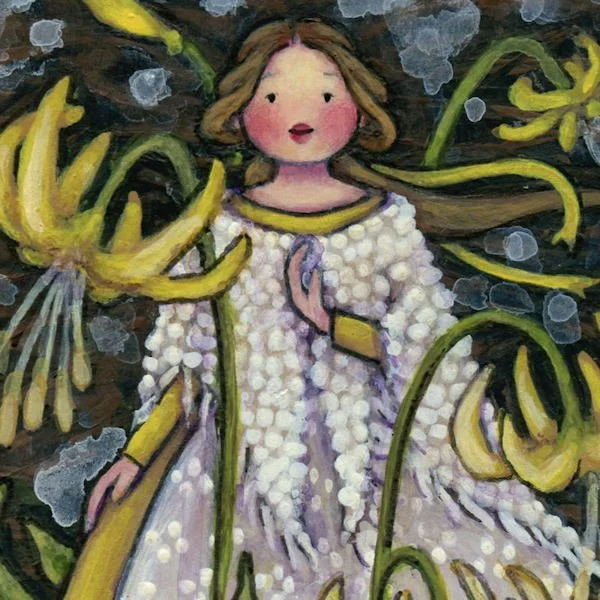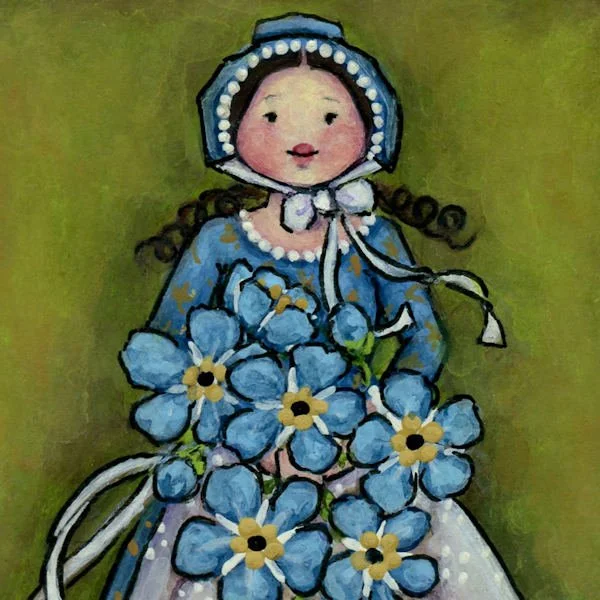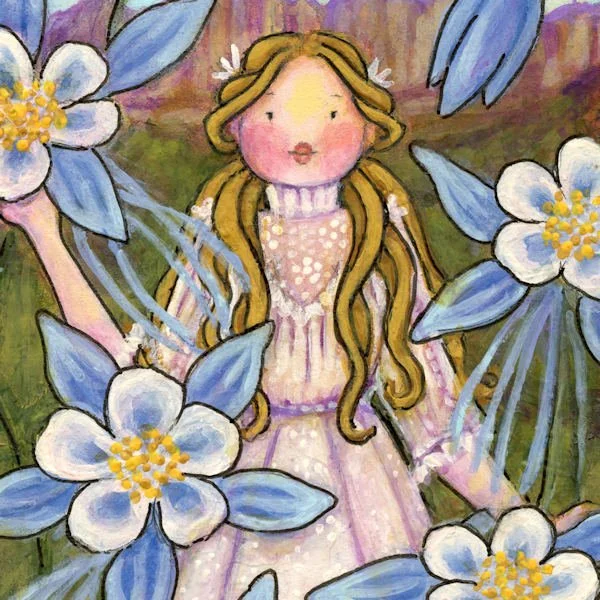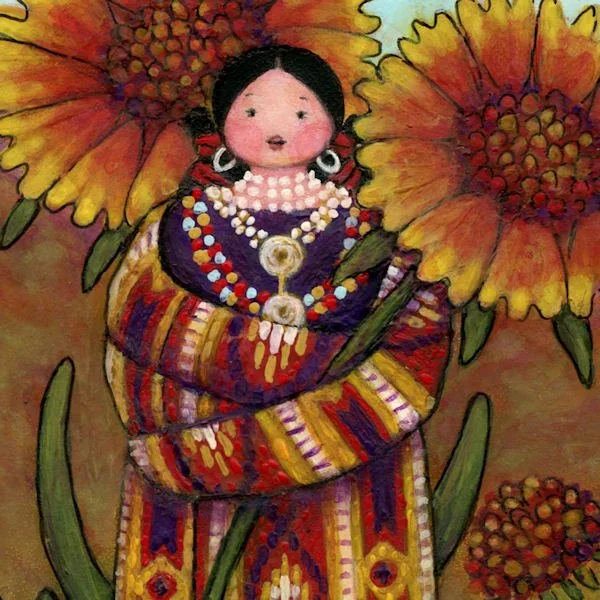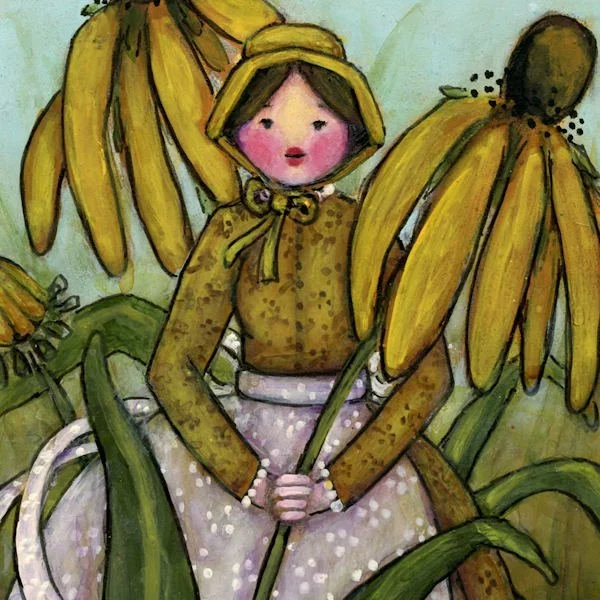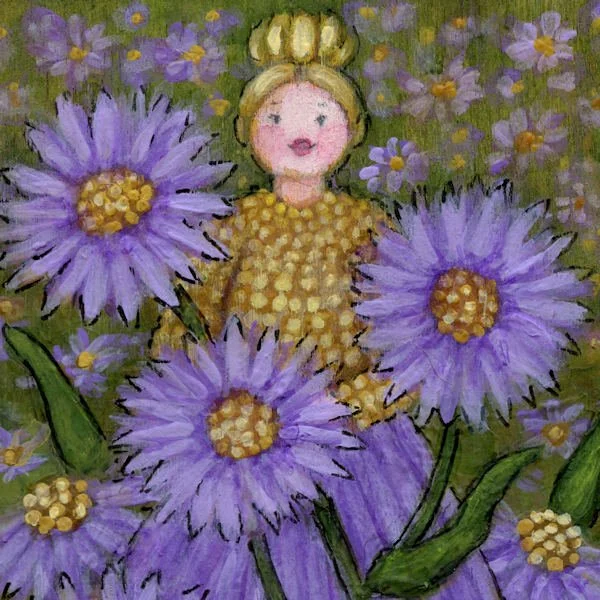Claytonia lanceolata
flowering season: March - June
One of the earliest spring ephemerals, she blooms just a few days after snowmelt. She can bloom in large patches, but is more commonly found in small colonies in sunny spots under stands of ponderosa pine. She is just 2-4 inches tall, her flowers are pale pink with pink stripes, her leaves are slender and pointed, and her blooms only last about two weeks.
After blooming, she dies back to her root (called a corm), a round, edible tuber 1-4 inches long, grazed by deer, elk, sheep, and bear, and foraged by Indigenous peoples. Tasting of mild radishes when raw, and like potatoes when roasted or boiled, her corm kept well as a winter food. Her leaves are also edible and rich in Vitamin A and C, as she belongs to the Montiaceae, or “miner’s lettuce” family.
Another species, Claytonia rosea (Western or Rocky Mountain Spring Beauty) is also found in Colorado. Claytonia virginica is often found and foraged in woodlands of the eastern and midwestern United States, her flowers and leaves prized as sweet salad greens.
Shop prints of Spring Beauty~ 5x7, 8x10, poster print


